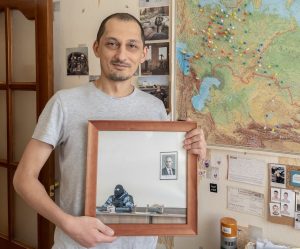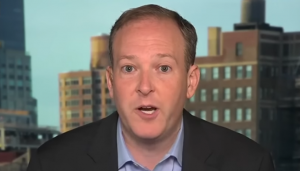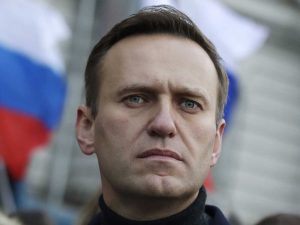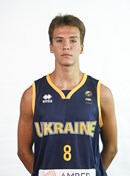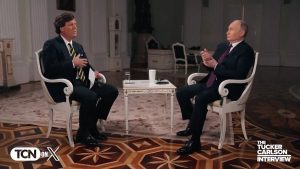On Wednesday, Russian President Vladimir Putin announced a partial mobilisation of the country’s military, as the conflict in Ukraine entered its seventh month.
Putin’s address to the nation comes just one day after Russian-controlled regions in eastern and southern Ukraine announced plans to hold referendums on joining Russia. The Kremlin-backed efforts to engulf four regions could pave the way for Moscow to escalate the war in the aftermath of Ukrainian victories on the battlefield.
Also Read| Russian President Vladimir Putin announced partial mobilisation of 300,000 troops
Putin stated that he has signed a decree authorising the partial mobilisation, which is set to begin on Wednesday.
“We are talking about partial mobilization, that is, only citizens who are currently in the reserve will be subject to conscription, and above all, those who served in the armed forces have a certain military specialty and relevant experience,” Putin emphasised.
Also Read| What is partial mobilisation?
What does the Russian law say about mobilisation?
Current law restricts reserve mobilisation to soldiers and sailors under the age of 45 and officers under the age of 55. Men who moved to the reservation within the last two years, fathers of three or more children, and those with a criminal record are also exempt from mobilisation under current law.
On February 22, the Russian State Duma passed a bill to strengthen general mobilisation, requiring men to appear at a military commissar’s office even if they have not received a conscription notice from regional authorities.
If the Kremlin declares martial law, this law will shorten the administrative time required to enlist conscripts. According to Vazhnye Istorii, a Russian independent media outlet, the Russian military can activate both reservists and new conscripts during general mobilisation, including those previously exempt from conscription.
Also Read| Putin announces partial mobilisation of 300,000 troops
In the event of a general mobilisation, the Russian Army will almost certainly try to fill the ranks of nascent reserve units as well as backfill combat casualties from units already serving in Ukraine.
It’s likely that a sizable reserve call-up was necessary to fill out the Russian cadre and reserve troops that were gathered around Ukraine before to the invasion. The Russian military will probably need to call up more reserve personnel as the ground offensive in Ukraine stalls in order to replenish lost personnel and fill additional formations. According to reports, as of March 5, 3,000 replacement individuals are being deployed from Kharkiv across the Russian border to replace combat casualties in Russian battalions.
Also Read| US President Joe Biden’s UN speech will target Russia, White House says
According to the Russian Committee for Soldier’s Mothers, newly hired contractors and reservists began deploying to units close to the Ukrainian border as early as December 2021. The 752nd Motorized Rifle Regiment (Valuyki), the 3rd Motorized Rifle Division (Boguchar, Valuyki), the 4th Guards Tank Division, and the 2nd Guards Motor Rifle Division, according to the Committee, are the new reservists’ assigned units in Belgorod Oblast. Russian reservists will be absorbed into all 120–125 battalion tactical units after the initial invasion, according to US sources.

